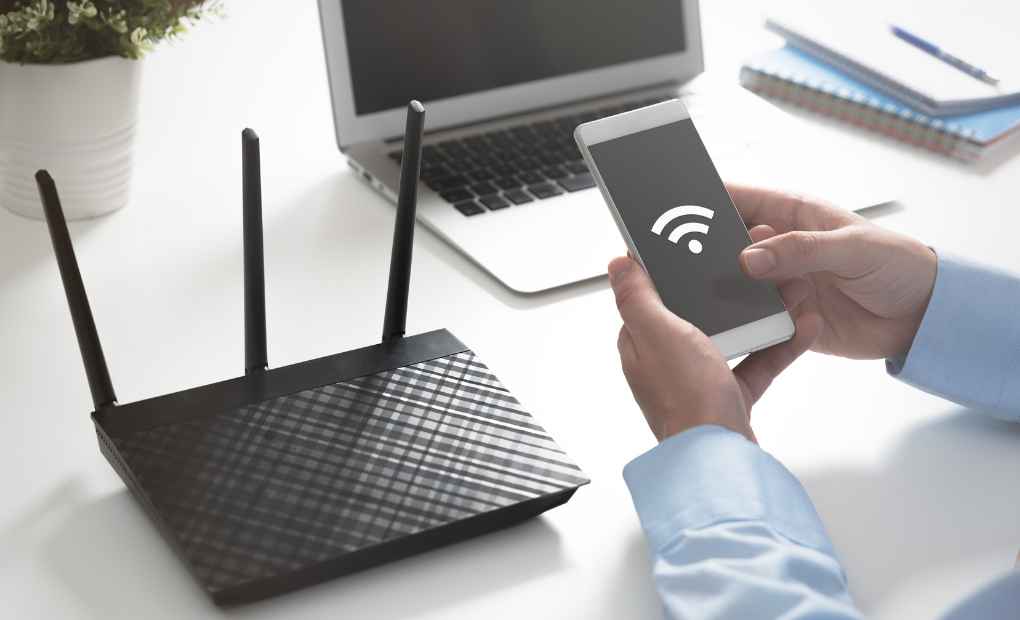Tricks You Need To Know Your Wi-Fi Does Not Get Hacked
The router is your gateway to the internet and your connection to the wifi network.
Using the wifi network to ‘hack’ devices is no longer (only) the task of experienced cyber criminals. The internet is full of content showing how to do it in just a few steps. For this reason, both users and companies must take all the necessary precautions so that the possibility of a hack is very remote.
On World Wifi Day, every June 20, the cybersecurity company Entelgy Innotec Security has shared a series of tips to keep your devices free from hacking. ‘
Configure your router
Let’s start at the beginning. The router is your gateway to the internet and your connection to the wifi network. Therefore, it is necessary to periodically review its configuration. It would help if you connected to your router network to detect possible intruders. You can make backup copies, reset it to factory settings, update the software, or configure its access credentials. You should also change the default password, modify and hide the network’s name (so that it does not identify with your operator) or assign the best security protocol and disable remote access to prevent someone from outside accessing it.
Disconnect wifi
When you keep a wifi connection open, you allow that connection to more easily be the gateway to your data and devices. A cybercriminal can intercept communications, modify the data or impersonate an interlocutor. It is recommended to activate these connections only when they are going to be used and to modify their configuration to avoid that; when you consciously connect them, they do not reveal information about the type of device you use, or it’s brand.
Update
Automatically update all the manufacturer’s programs and ‘apps’ you have installed on your computer and/or mobile so that security flaws are corrected as soon as the patch is prepared (even if you are unaware that there is a vulnerability ). Update your firmware (the computer program that controls the electronic circuitry of any device) whenever a new version is available to ensure you have all available security patches.
Disable WPS
If you don’t know it, WPS (wifi Protected Setup) is a mechanism that allows a device to connect to our router using an eight-digit pin code. It is better to disconnect it to prevent cybercriminals from having one more option to access your wifi network.
Use the ‘guest user’
If you are a company and you usually have visitors who request to connect to wifi, consider having a wifi network for guests. In this way, the internal corporate network will be completely separated from that used by clients and external personnel. At home, you can also opt for this option. It is the best precaution you can have, especially if you telework.
Beware of public networks
These public wifi networks are generally not encrypted, so your data is available to anyone who can access it. A cyber attacker can quickly obtain all the information between the point of emission and reception: whether it is accessing your bank accounts or your email, among others. In addition, many of these networks are infected with all kinds of viruses. They may also be fake networks created by a cyber attacker with a dubious goal (a competitor worker looking for information, for example).
Better wired
Whether you are a home user or a business owner, consider connecting to the internet via cable when possible. This will secure your connections and reduce your exposure to threats (although it doesn’t completely prevent it either, especially if your router is wireless enabled and it may have vulnerabilities you are unaware of).
Control the physical environment
This is especially recommended in the business field. Secure the physical point where the equipment is deployed, make it difficult to locate it, and ensure that only certain people in the organization can access the place where it is installed. It is also advisable to establish security policies to determine who should be the people with permission to physically access and manage them and establish an action plan in case of intrusion.

